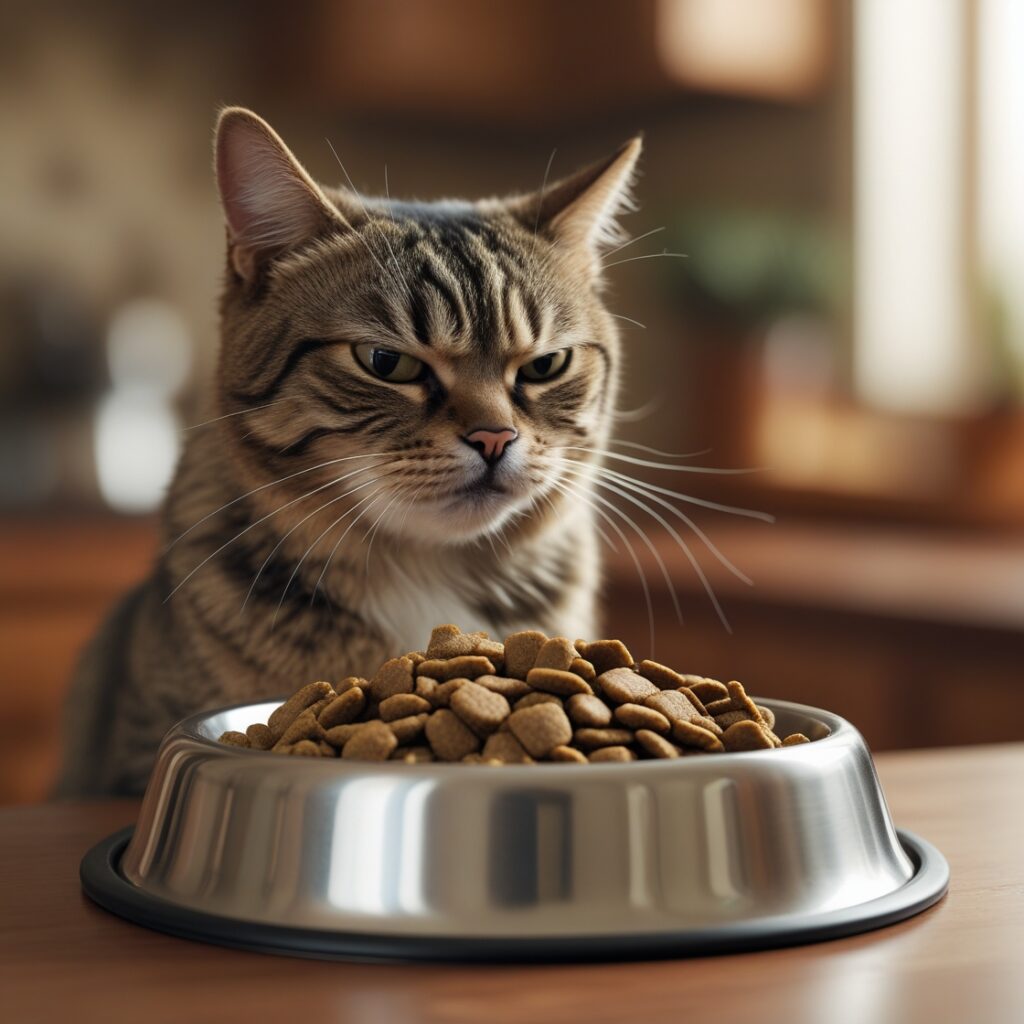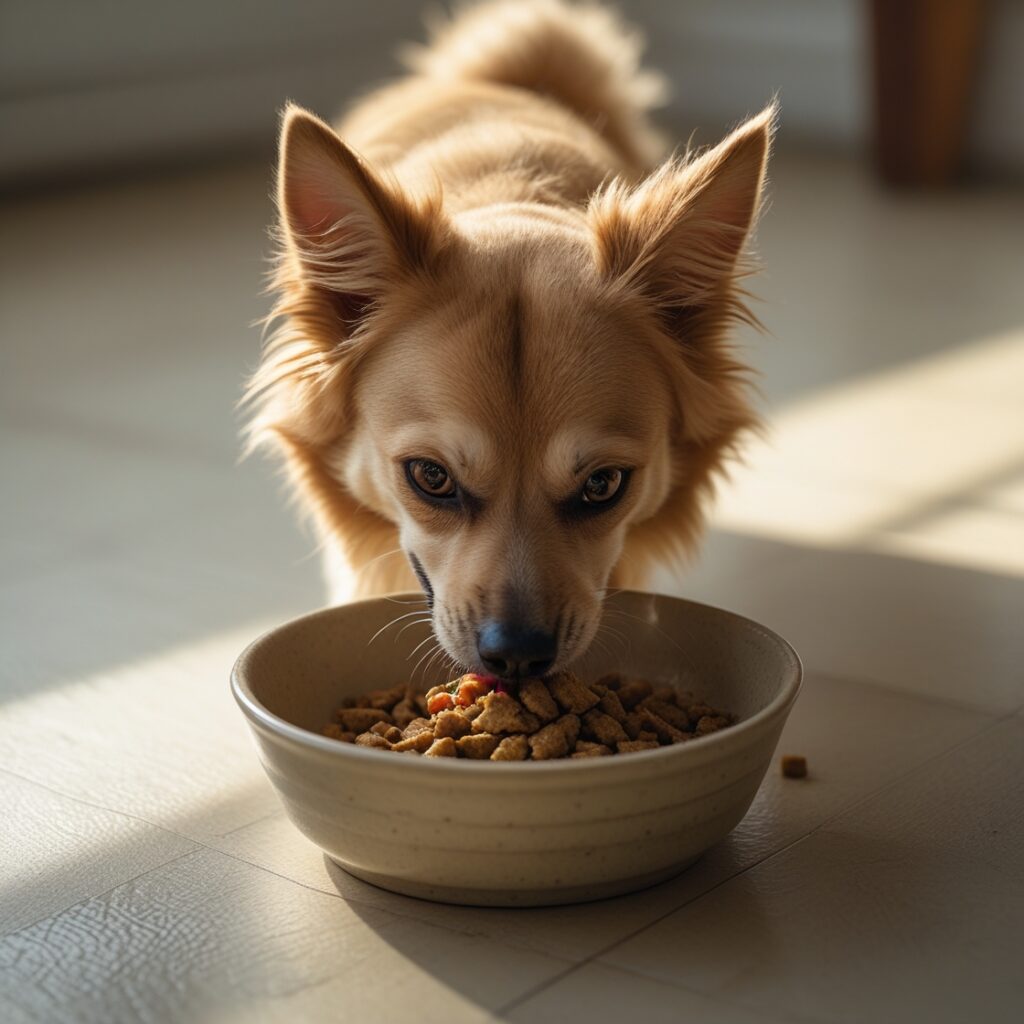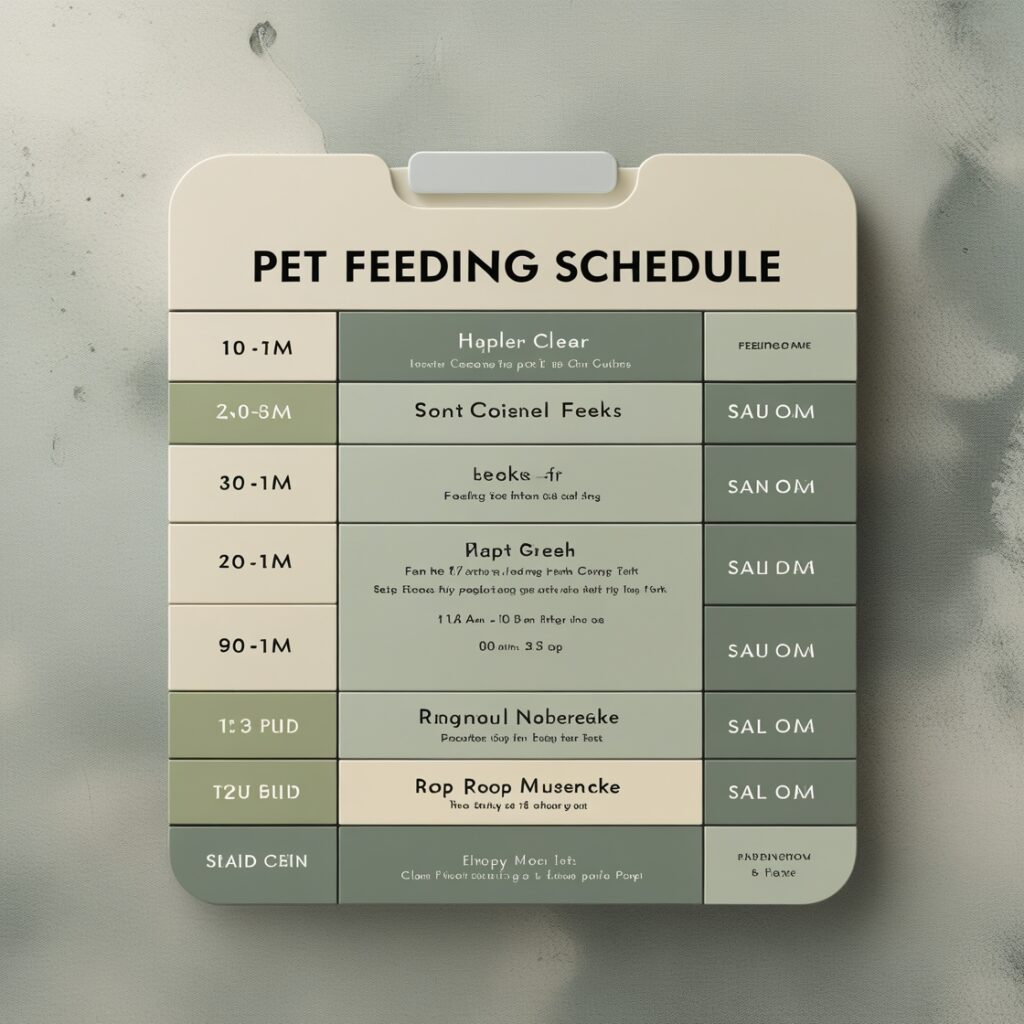Trying to help a picky eater pet is something that most pet owners experience on a regular basis. When your pets reject kibble or your cat ignores all the new flavors, it is quite difficult to find a balanced nutritional meal for them that would not only satisfy their palatable interest but also remain healthy. A comprehensive guide presented below sets out the potential reasons for food pickiness, includes the stages of making your pet’s meal plan, and gives ideas on how you can change the mealtime routine from a dreaded task to an enjoyable experience.
Understanding Picky Eating in Pets

It should be borne in mind that there is a diverse array of sources when it comes to the causes of choosy habits in animals, and some of them are rooted in a dog’s or cat’s genetic makeup. However, these are not the only reasons as we have…
1. Medical ConditionsBefore making any conclusions regarding your pet as being a picky eater, take your dog or cat to the local vet to make sure they do not suffer from conditions like dental issues, digestive discomfort or allergies. Diseases the like pancreatitis, kidney problems, and even mild infections can all be responsible for affecting the appetite negatively of your pets.
2. Past Trauma or HabitsOne of the main things that determine if a pet will become a picky eater in the future is whether they have gone through any traumatic experiences, for example, getting lost, being abandoned, or having rude habits of their caretakers. These are just some of the instances where…
3. Sensory SensitivitiesSmell and taste are the key senses that guide cats and dogs in their interaction with the environment. Even the kibble’s shape and size can be scary for the pet. Cats are very picky about the smell and texture of their food, and they usually refuse to eat food with a different aroma or mouthfeel.
Creating a Pet Meal Plan that Will Attract Your Pet’s Taste Buds

Through setting up a regular, nutritionally balanced, and enjoyable feeding schedule, much is achieved towards managing pickiness in pets. Here is how:
1. Set a Feeding Schedule
It is well known that when animals are on a schedule, they are their happiest. Feed your pet the same time each day and stop free-feeding (leaving food out all day). Keep 20-30 minutes open for each meal. If my pet doesn’t eat, I take the food away, so that he better understands meal times.
The reason for establishing a routine is that it generates positive expectations and instigates hunger. Moreover, it enables you to detect changes in the eating habit of your pet as soon as possible.
2. Use Gradual Transitions
If you are changing the brand of food or its type, it is advisable to combine 25% of the new food and the rest 75% of the old diet for a few days. Afterward, for a gradual period of 7-10 days, you need to increase the new food ratio while decreasing the old one.
The rationale behind the matter is as follows, an abrupt change can cause your pet to have a stomach upset and at the same time, it will oppose the idea. In contrast, a gradual change will make it adapt.
3. Choose Top-quality Ingredients
Select pet food with real meat or fish as the foremost ingredient. Shun synthetic colors, energy fillers, and by-products. In terms of homemade menus, give preference to muscle meat protein sources such as chicken, turkey, or salmon, and mix it with pet-safe veggies like carrots, spinach, or pumpkin.
Quick Tip: The best way to guarantee complete and balanced nutrition while making the food at home is to consult a veterinary nutritionist.
4. Add Variety (But Don’t Overwhelm)
Swapping a couple of the foods allowed from time to time with a new flavor of food every few days or weeks will not only keep your pet entertained but also very likely have the additional benefit of discouraging them from having an aversion to a certain kind of food. On the other hand, do not implement frequent changes of food as you may end up with pickiness instead.
5. Improve Palatability

Changes in the taste and smell of the food are a sure bet to make your picky pet more excited about eating the food. The following are some of the tips:
- Heat the wet food up lightly for a few seconds if it is too cold (try to check the temperature before setting it aside for your pet to eat).
- Include a tiny portion of the tuna or low-sodium bone broth (for the cats) as flavor enhancers
- The use of a pet-safe food topper or the addition of a small amount of boiled chicken will work for your pet
Sample Meal Plans for Picky Eaters
Below are examples of meal schedules for picky eaters: (Today’s example is based on pets’ most popular food choice.)

Option 1: For a Picky Dog
- 70% boiled chicken breast
- 15% plain cooked rice or sweet potato
- 10% steamed carrots or peas
- 5% bone broth or omega oil drizzle
Option 2: For a Picky Cat
- 80% shredded cooked salmon or turkey
- 10% pumpkin purée
- 10% freeze-dried liver treats crushed on top
Option 3: High-Value Mix-Ins
Use these not frequently to excite interest:
- A spoonful of plain Greek yogurt (dogs only)
- Small amounts of sardine in water
- Scrambled egg (no oil or butter)
Monitoring Your Pet’s Health and Progress
More than the appetite should be kept under check:
- Weight changes: A gradual gain or loss might indicate a nutritional issue
- Energy levels: A well-fed pet should be active and alert
- Stool quality: Be watchful for gastrointestinal distress indicators such as diarrhea or constipation
Furthermore, by consulting the vet, you can always have health check-ups and keep weight in control.
When to Use Supplements or Appetite Stimulants
During the food refusal period of your pet, the vet may possibly recommend appetite stimulants or digestive enzymes. For example, some natural supplements include:
- Probiotics for better digestion
- Fish oil for a healthy and shiny coat
- A complete vitamin B for food desire boosting
Don’t forget about supplements, providing always that a specialist has given the green light.
Myths About Picky Eating
“They’ll eat when they’re hungry enough.”Though it does work in some cases, several picky eaters go to malnutrition by refusing to eat. It is well known for cats that if they fast for a long time, they are likely to get fatty liver disease.
“Adding table food is harmless.”Loved nibbling in addition to your pet’s main diet proves to be a strong reinforcer of picky acts and, at the same time, the portions might be dangerously low in certain nutrients or even contain unacceptable ones, say, salty foods or foods flavored with garlic or onions.
Mealtime Environment Matters

Positive, relaxing atmosphere at the mealtimes might foster the eating:
- The animals should be given food in a quiet, low-noise environment
- The use of puzzles feeders or slow bowls can help in engaging the pets
- If you sit down and eat the pet’s behavior is more likely to be anxious and upset



